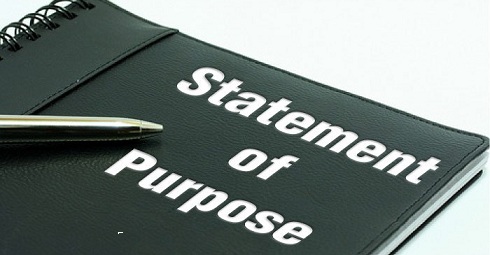An official Graduate Management Admission Test (GMAT) score report consists of five parts namely, Verbal Scaled Score (on a scale from 0 to 60), Quantitative Scaled Score (on a scale from 0 to 60), Total Scaled Score (on a scale from 200 to 800), Analytical Writing Assessment (AWA) Score (on a scale from 0 to 6) and the Integrated Reasoning Score (on a scale from 1 to 8). The total score is a calculated combination of the verbal and quantitative scores, and thus reflects a students overall performance on the multiple-choice sections of the test. The GMAT is scored from 200 to 800. The AWA and the Integrated Reasoning sections are scored independently and so scores for these sections do not affect the 200-800 scaled score. Approximately, two-thirds of students score between 400 and 600 on the exam. According to the people who created the GMAT or the Graduate Management Admission Council (GMAC), the GMAT score percentiles reveal the link between GMAT score and percentile of everyone who appear for GMAT. For example, if someone scored at the 90th percentile, this means that this person scored better than 90% of the population who took the exam in a particular year. Recently, the GMAC has introduced a new exam for Executive MBA (EMBA) applicants Executive Assessment but the GMAT score is still widely used for admission to both MBA and EMBA programs.
Role of GMAT Score in MBA Application
The GMAT score is probably the most important factor in determining whether one will be admitted to a top-tier business school for the MBA program. At virtually all of the top programs, the ballpark starts in the mid-600s. Moreover, the admissions committee stresses on math skills when making their decisions. So it’s important to do well on the math portion of the GMAT. Grapevine reveals that the strongest students are those who fall in the “40-40 Club.” That means they score in the 40’s in both math and verbal sections.
Heres is a list of some of the top business schools and their corresponding GMAT scores:
| School | Average GMAT Score | |
| Harvard University | 727 | |
| Stanford University | 732 | |
| University of Pennsylvania (Wharton) | 725 | |
| University of Chicago (Booth) | 723 | |
| Massachusetts Institute of Technology (Sloan) | 713 | |
| Northwestern University (Kellogg) | 713 | |
| University of California Berkeley (Haas) | 714 | |
| Columbia University | 716 | |
| Dartmouth College (Tuck) | 718 | |
| New York University (Stern) | 721 |
The average GMAT score for European universities is slightly lower than that required in the US. For example, the cut-off for London School of Business is 698. Many business schools also provide scholarships based on the GMAT score.
GMAT Preparation
According to surveys by GMAC, successful GMAT test takers invest approximately 100 hours of preparation towards the exam. This time is usually split between guided preparation (course or individual tutoring), self-study and practice. There is a huge offering of GMAT prep books and study materials. GMAC publishes the Official Guide for GMAT Review annually. Many of the established GMAT preparatory companies publish their own GMAT preparation books. Since, cracking the exam requires knowledge of Maths and Standard English language, you will need to be well prepared for calculus, algebra and geometry. In English, you will need practice for grammar, vocabulary, spelling and speed of reading and writing. There are other good resources available for help that lets you flip through sample questions and test papers such as https://ready4.com/21-fantastic-and-totally-free-gmat-prep-resources/, and http://www.gmatfree.com/. Aspiring test-takers should also consult others who have successfully cracked the exam for important preparatory tips. There are plenty of personal blog available online that give details of success stories.
Also Check:
- GMAT Eligibility, Fee and Registration
- GMAT Syllabus and Pattern
- GMAT Time Management Strategies
- GMAT Preparation Timelines
- How to Calculate GMAT Score?
- How to Prepare for GRE
- How to Prepare for GMAT without Coaching
- Universities for GRE Score Range 280-300
- USA vs UK: How much does it cost to Study Abroad?


















































